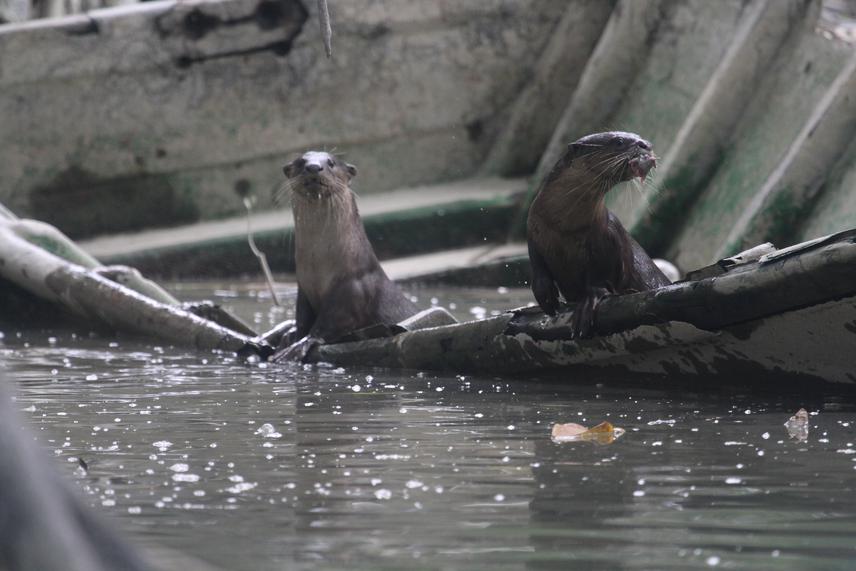Chee Yoong Woo
Other projects
16 Jun 2022
Spatial Distribution of Three Sympatric Species of Globally Threatened Otters in a Coastal Ecosystem in Selangor, Peninsular Malaysia
Three species of globally threatened otters occur in Malaysia. Recent remote camera surveys confirm the presence of these three species in a coastal wetland threatened by development, conflict with local aquaculture and fisheries operations, and habitat fragmentation. Little empirical data exists on the ecological requirements of otters in Malaysia, thus the urgent need for a study to evaluate the status of their populations, habitat relationships, conflicts with humans and other site-specific threats. The goal of this study is to compare diet, activity patterns and habitat use through obtain crucial ecological data on the life history of the three freshwater otter species in Malaysia using remote cameras and faecal analysis. I will document otter- human conflict in the study area and adjacent coastal wetlands. The overall aim is to secure better protection of crucial habitat for otter populations in the region and strengthen efforts to secure Ramsar recognition for the study area.

Focused ecological research on a species can provide useful insights to their biological requirements, which can aid conservation management. Otters are keystone species in river, and wetland ecosystems via their trophic position as apex predators that can stabilize populations of fish and invertebrates, or alternatively, precipitate trophic cascades. Importantly, otters may also signal the health of freshwater ecosystems because of their dependence on aquatic prey. Otters in Malaysia are confined to inland and coastal wetland habitats, which are vulnerable to exploitation, urban development, aquaculture industries, expansion of plantations and pollution. Three species, namely the smooth-coated otter (Lutrogale perspicillata), Asian small-clawed otter (Aonyx cinereus), and the hairy-nosed otter (Lutra sumatrana) have been reliably reported in Malaysia. All three species are globally threatened (IUCN 2018), including the rare and endemic to Southeast Asia hairy-nosed otter, which is endangered. The principle threats are rapid loss/degradation of wetland habitats, illegal hunting driven by the pet trade, depletion of food resources and conflicts with coastal communities. Recent remote camera surveys confirmed the presence of all three species at Kuala Selangor Nature Park (KSNP), a coastal wetland habitat in Peninsular Malaysia.
This study will assess niche variation among these three species at KSNP in Year 1. We will assess landscape and habitat characteristics influencing the distribution of the three otter species in KSNP and document the current otter-human conflict at adjacent coastal wetlands. The field study will involve the use of remote cameras, sign surveys and faecal analysis to access landscape and habitat characteristics associated with otter presence and sign, and obtain data on movements, spatial overlap, interspecific interaction, and activity patterns. The results will provide natural resource agencies with specific knowledge of otter population habitats use, and socioecological information crucial for the management of human-otter conflict in the Kuala Selangor region.